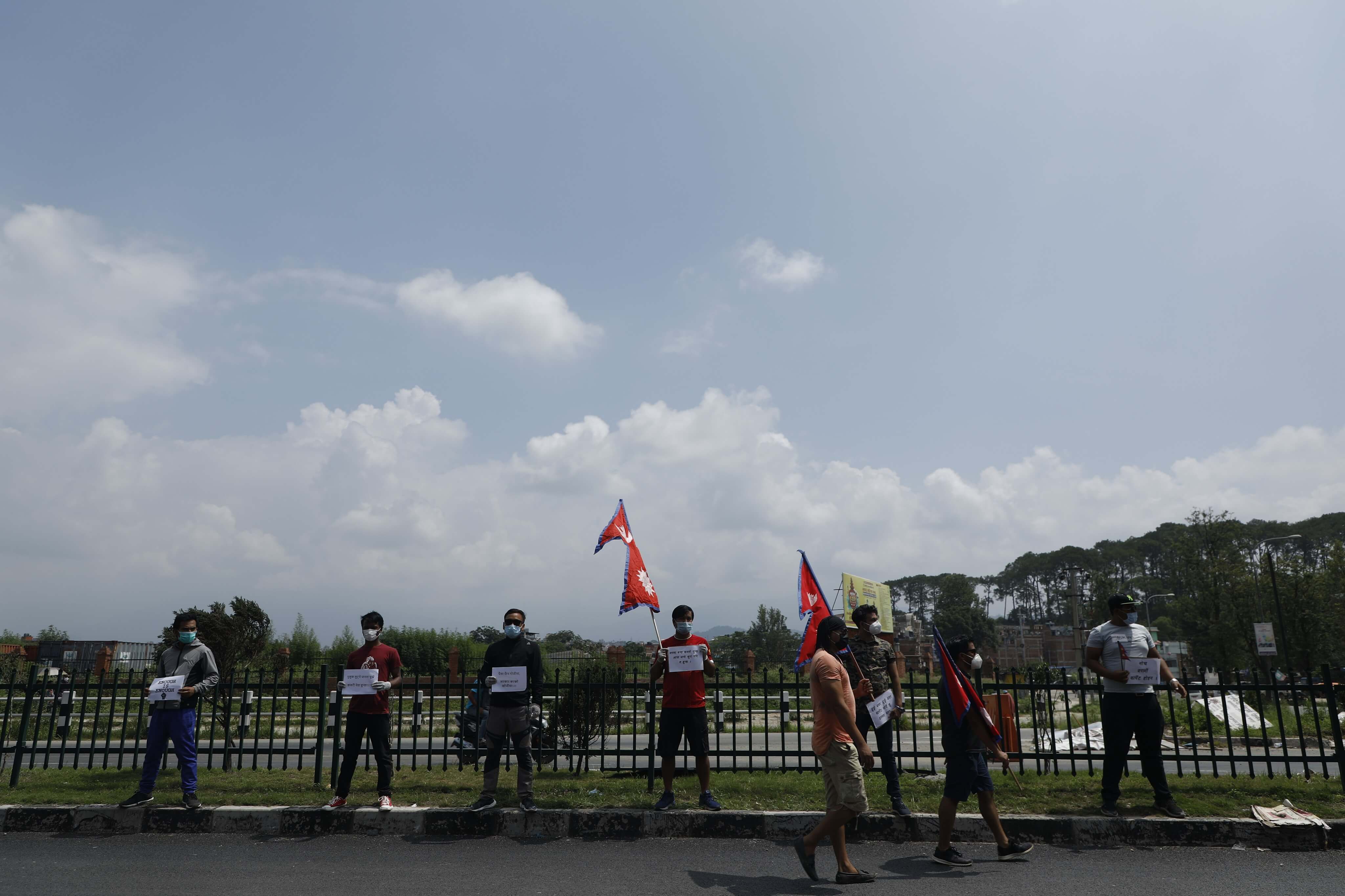Nepal’s Gen Next Election

Nepal’s elections have traditionally been driven by vote-bank politics. Voters cast their ballots depending on generational party affiliation, caste, ethnic or regional allegiances.
The election of Balen Shah as mayor of Kathmandu in May local elections showed that people are fed up with politics as usual, they blame the mainstream parties, and are ready to abandon traditional loyalty to vote banks.
The other factor that could impact this shift is the growing number of new, young and social media savvy voters who do not cast their ballots along traditional party lines.
There were 17,733,723 registered voters in the May elections, which was 3,659,299 more than the previous election in 2017. Nepal’s youth bulge means that there could be as many as 350,000 more young people on the voter’s list for federal and provincial elections on 20 November.
Balen Shah’s historic swearing-in ceremony, his first Kathmandu Metropolitan City council meeting being streamed live on social media, and his non-traditional methods of appealing to voters has brought a breath of fresh air. Independent mayors in Dharan and Dhangadi are also engaging in unconventional politics, notwithstanding a wholly unnecessary public spat between Balen Shah and his Dharan counterpart, Harka Sampang.
All this has brought a paradigm shift in the way younger Nepalis perceive politicians, and perhaps even convincing those with no interest in politics to sit up and take notice.
Although the right to vote may seem straightforward in a country that prides itself on its democracy and new Constitution, it is tragic that the same old and vicious cycle of elections, disillusionment and instability has continued.

Public disenchantment with figures in the incumbent coalition government is high. Driven by blatant corruption in high places, the same old politicians are angling for top posts over and over again, a prime minister who held the post five times before wants to continue holding on to it and is making murky backroom deals to rotate the office with his coalition partner.
The fact that turnouts in Nepal’s elections are still high means that there is hope for change. Turnout figures used to be nearly 80% in the 1990s after the restoration of multi-party democracy and has been going down, but it was still a respectable 65% in May.
A substantial number of those who cast their votes in May, at least in urban areas, showed a shift away from traditional candidates from mainstream parties and their ineptitude and broken promises. This trend has not yet reached critical mass, but it could gain traction in November – especially if the governing coalition fields tainted candidates.
The rise of the independents in Nepal is not a coincidence, it is change waiting to unfold. It is what has given hope to hundreds of thousands of young idealist Nepalis that they can be agents of reform. They have never cared about party-loyalty or twisted politics, but are more concerned with everyday issues like jobs, educational reform and affordable healthcare.
Be it in Dharan, Dhangadi or Kathmandu, the local election results demonstrated that Nepali politics is evolving so fast that it is leaving the old men who dominated it far behind.
It is not the strongest that survive, nor the most intelligent, but the ones most responsive to change, Darwin postulated. This seems to hold true not just for biological evolution but in politics too. It is not the survival of the fittest, but the most promising ones.
Just as a species will perish once they become incapable of adapting, if elections do the job they are designed to, then parties, politicians and legislators will become extinct as soon as they can no longer deliver the goods.
As difficult as it may seem at the moment for candidates to attract the youth to support them, there is also opportunity if their campaign strategy is adjusted.

It could be easier said than done, since we have seen how elders of the major parties feel threatened by even their own younger colleagues. Regardless of how idealist the younger crop of leaders are, there will always be someone to put hurdles in their way.
There are many examples of young, charismatic and energetic leaders being elected in countries like New Zealand, Finland, and elsewhere. We have seen the rise of the Aam Admi Party as such a powerful force in India that even the ruling BJP feels threatened by its popularity. And Singapore’s Lee Kwan Yew showed that one does not even need full democracy to guarantee accountability, performance is enough.
In any functioning democracy, a candidate needs voter support. While it may have been easy for parties to make wild promises in their manifestos in the past, they need to be more convincing now. Clever speeches and orations will not suffice.
Nepal’s near-future will be determined by the November polls. It is an election that will affect the next generation of Nepalis, which is why new and young voters must make their presence and choices felt. The days of blind-support and vote banks to keep corrupt leaders in power are gone.
Our support will go to those who can convince us that they will perform until the very end of their term. The leaders we are looking for are the ones who walk the talk, will plan our energy future so we tackle not just our trade deficit but reduce Nepal’s carbon footprint.
The oldsters in the old parties may take their younger colleagues and independent candidates as a threat. But it is also an opportunity for them to reform themselves before it is too late.
Yugottam Koirala is a student at St Xavier’s College, Kathmandu, and will miss being of voting age by a few months this November.




